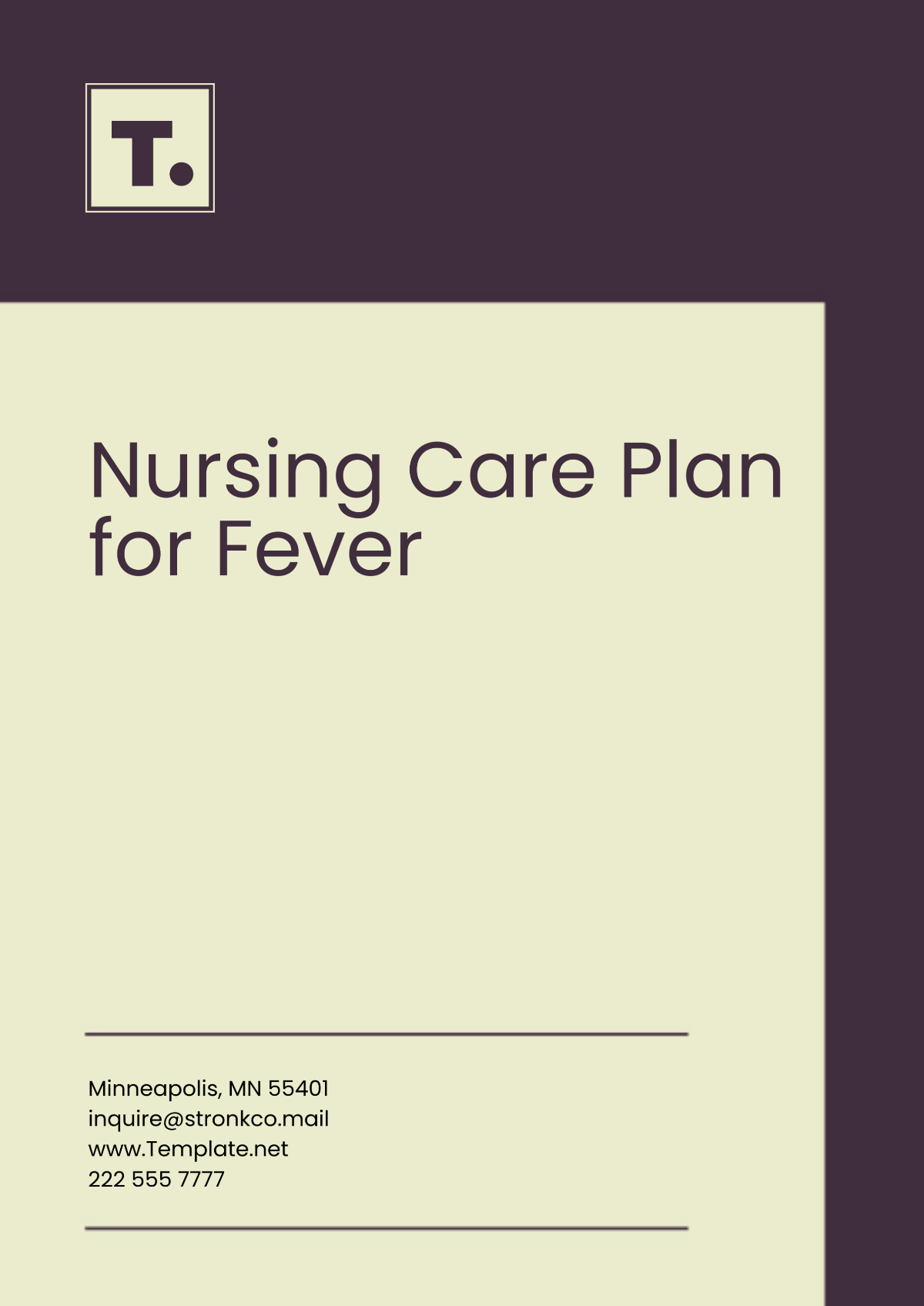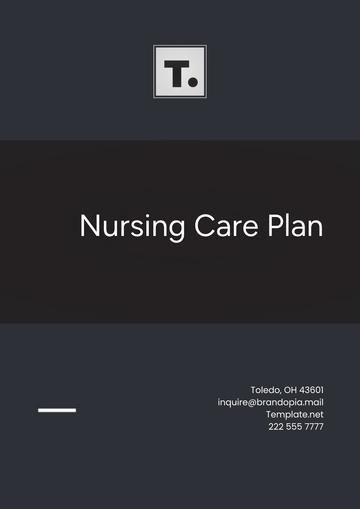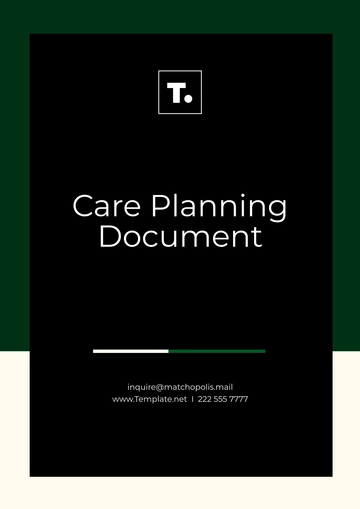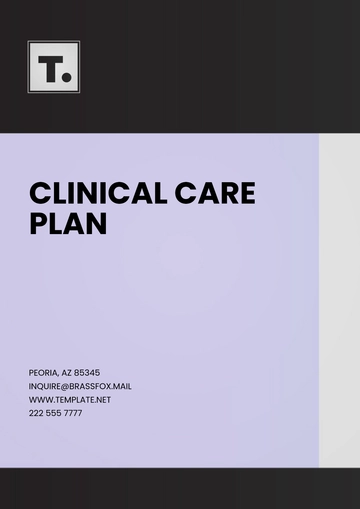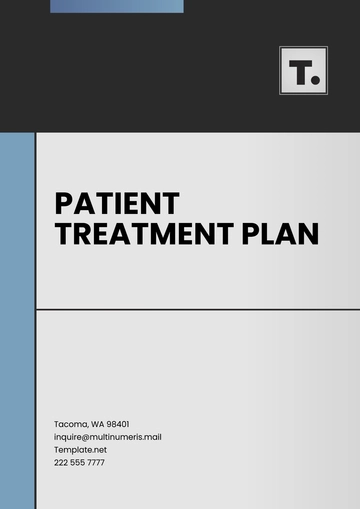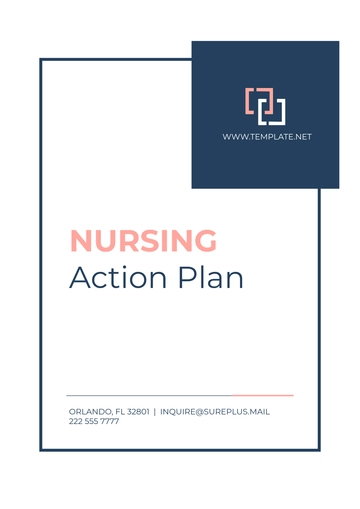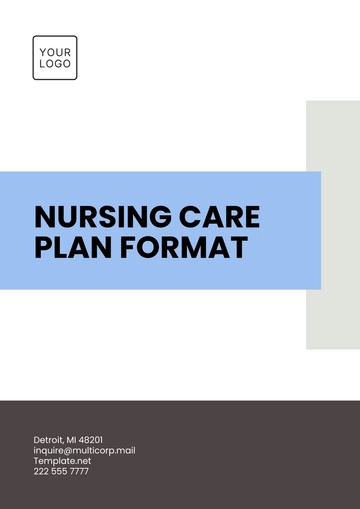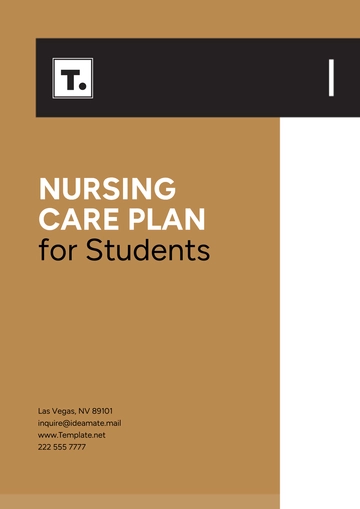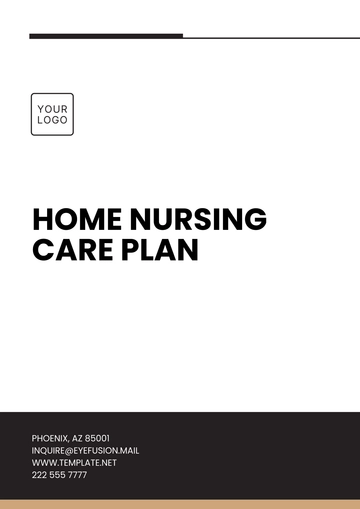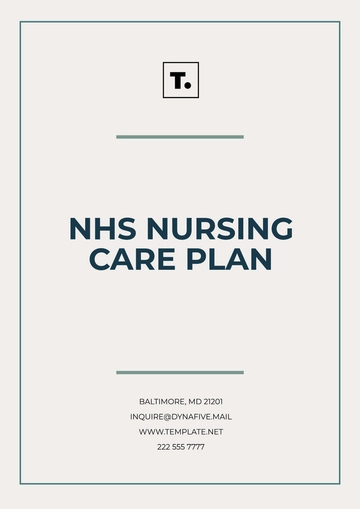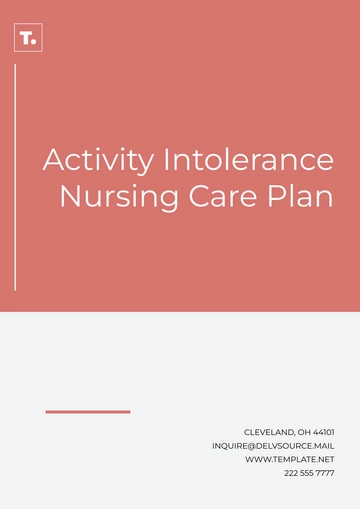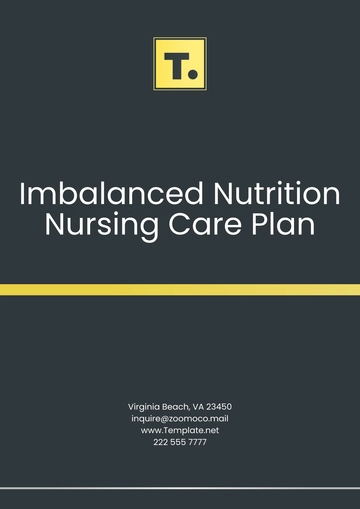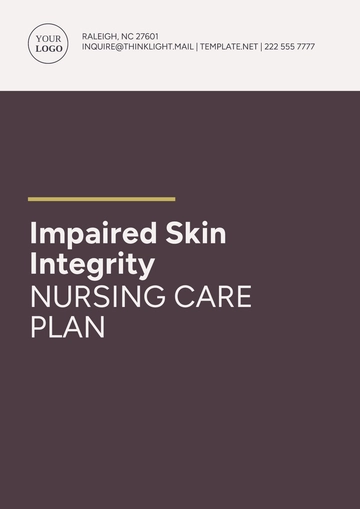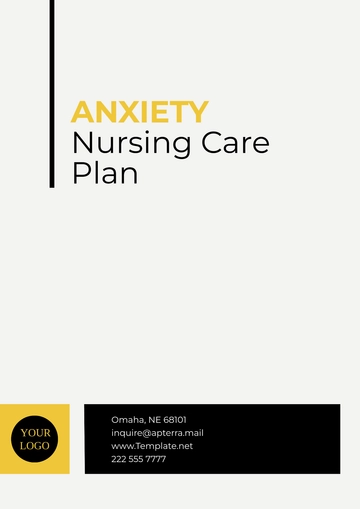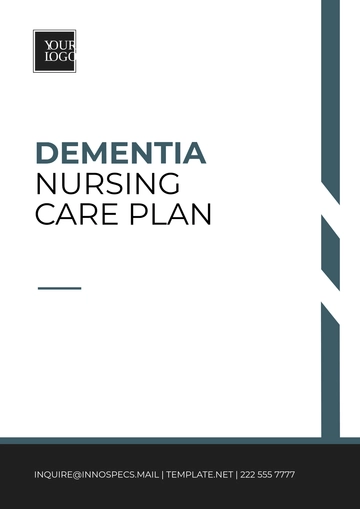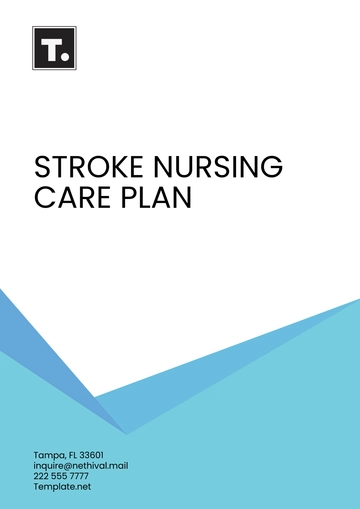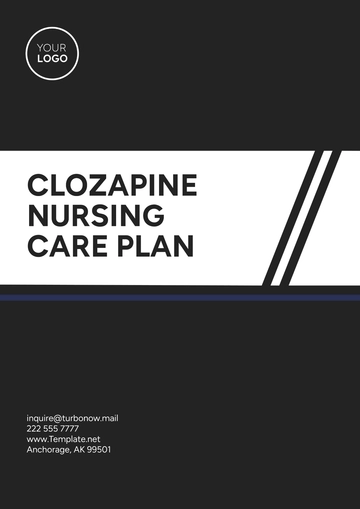Nursing Care Plan for Fever
Prepared by: [YOUR NAME] [YOUR EMAIL]
This Nursing Care Plan is designed to address the management of fever, based on common use cases, and includes interventions to reduce the patient's fever and promote recovery.
Date | Assessment | Nursing Diagnosis | Interventions | Evaluation/ Outcomes |
|---|
January 15, 2050 | Patient presents with a temperature of 102°F, chills, and discomfort. | Fever related to infection (bacterial/viral). | - Administer antipyretic (acetaminophen 650mg PO).
- Encourage fluid intake (1L of water every 4 hours).
- Monitor temperature every 2 hours. | Patient’s temperature reduced to 99°F after 4 hours. Increased comfort and hydration. |
January 16, 2050 | Temperature remains elevated at 101.5°F, no improvement in symptoms. | Fever associated with post-surgical recovery. | - Apply cool compress to forehead every 30 minutes.
- Elevate head of bed to promote comfort.
- Monitor for signs of wound infection. | Temperature stabilized at 100°F, patient reports reduced discomfort. |
January 17, 2050 | Fever persists despite interventions, patient reports increasing fatigue. | Fever of Unknown Origin (FUO). | - Continue antipyretic therapy.
- Increase rest periods and reduce environmental stressors.
- Notify physician for further diagnostic workup. | Temperature slightly reduced to 100.5°F; awaiting test results. |
January 18, 2050 | After a full workup, bacterial infection identified. | Fever due to bacterial infection. | - Administer prescribed antibiotics (amoxicillin 500mg).
- Continue antipyretic treatment.
- Maintain oral fluid intake (2L per day). | Fever decreased to 99°F, patient feels less fatigued. |
Nursing Care Plan for Fever (Post-Trauma)
Date | Assessment | Nursing Diagnosis | Interventions | Evaluation/ Outcomes |
|---|
February 10, 2050 | Patient has a fever of 101°F, recent history of trauma (fractured leg). | Fever related to traumatic injury and inflammatory response. | - Administer antipyretics (ibuprofen 400mg).
- Encourage deep breathing exercises to reduce anxiety and stress.
- Monitor pulse rate and oxygen levels. | Temperature reduced to 100.2°F, no increase in pain or swelling. |
February 11, 2050 | Temperature remains at 100°F with slight increase in swelling around injury site. | Fever due to inflammation. | - Apply cold compress to injury site for 20 minutes every 4 hours.
- Elevate injured limb to reduce swelling.
- Maintain hydration (1.5L per day). | Patient's temperature stable at 99.8°F, no increase in swelling. |
Nursing Care Plan for Fever (Heat-related Illness)
Date | Assessment | Nursing Diagnosis | Interventions | Evaluation/ Outcomes |
|---|
July 15, 2050 | Patient presents with fever (103°F), dry skin, and confusion after prolonged exposure to heat. | Fever due to heat exhaustion. | - Move patient to a cool environment.
- Administer oral fluids (electrolyte solution).
- Apply cool compress to neck and wrists. | Patient’s temperature decreased to 101°F, alertness improved. |
July 16, 2050 | Temperature remains at 101.2°F with mild dehydration signs. | Heat-related fever and dehydration. | - Administer IV fluids (0.9% saline).
- Continue cooling interventions (cool packs, hydration).
- Monitor vital signs every 30 minutes. | Temperature lowered to 99.5°F, hydration status improved. |
Plan Templates @ Template.net
